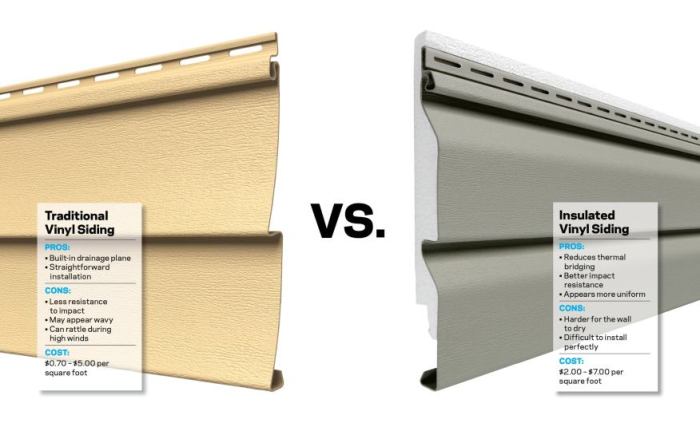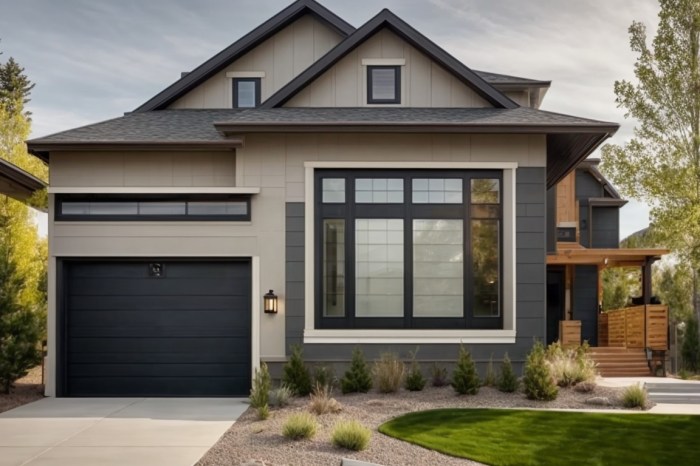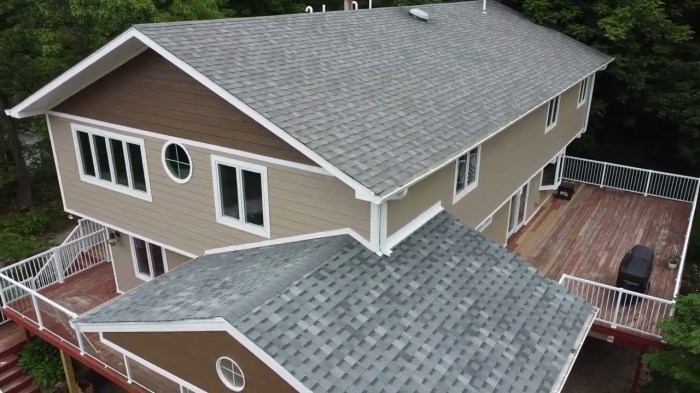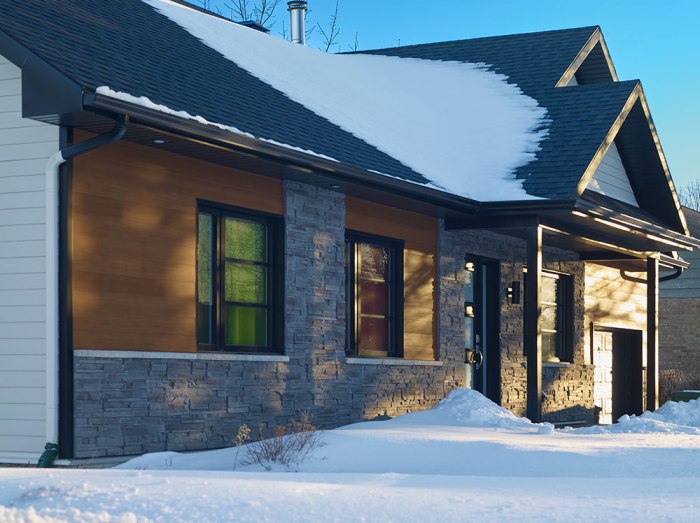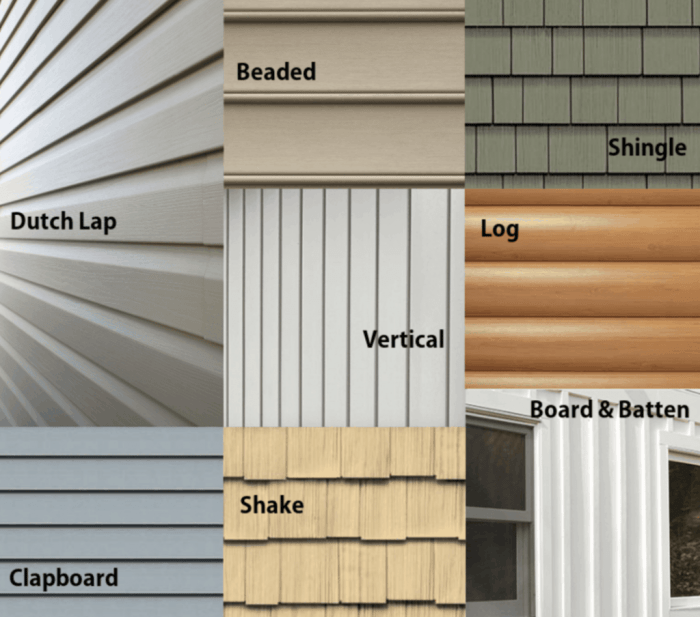Best Home Automation and Security Systems for 2025: Enhancing Your Homes Safety and Convenience
Embark on a journey into the future with the Best Home Automation and Security Systems for 2025. This comprehensive guide delves into the latest advancements in technology that are set to transform the way we safeguard our homes and streamline our daily routines.
From the evolution of home automation systems to the integration of cutting-edge security features, this exploration promises to enlighten and inspire homeowners looking to embrace the future of smart living.
Overview of Home Automation and Security Systems

Home automation systems have come a long way since their inception, evolving from simple programmable thermostats to sophisticated smart home setups that can be controlled remotely. These systems allow homeowners to automate and control various aspects of their homes, such as lighting, temperature, and security, using connected devices and sensors.
Integrating security features into home automation is crucial in ensuring the safety and protection of the household. By combining automation with security systems, homeowners can monitor their property in real-time, receive alerts about potential threats, and even remotely control locks and cameras to enhance security measures.
The Benefits of Having a Smart Home Security System
- Enhanced Safety: Smart home security systems provide round-the-clock monitoring, ensuring that any unusual activity is detected and addressed promptly.
- Remote Access: With smart security systems, homeowners can access live camera feeds, lock or unlock doors, and receive notifications on their smartphones, offering peace of mind even when away from home.
- Integration with Other Devices: Smart security systems can be integrated with other home automation devices, allowing for seamless control of all connected systems from a single interface.
- Energy Efficiency: Some security systems can also help in optimizing energy usage by automatically adjusting lighting and temperature settings based on occupancy and preferences.
- Insurance Benefits: Many insurance companies offer discounts to homeowners with smart security systems installed, as they are seen as a proactive measure in reducing risks and potential damages.
Emerging Technologies in 2025
As we look ahead to 2025, the landscape of home automation and security systems is being shaped by some exciting new technologies. These advancements are not only making our homes smarter but also enhancing the safety and security of our living spaces.
Artificial Intelligence and Machine Learning
AI and machine learning are playing a significant role in revolutionizing home security systems. These technologies enable smart devices to learn and adapt to user behavior, making them more efficient in detecting and responding to potential security threats. For example, AI-powered cameras can differentiate between normal activities and suspicious behavior, sending alerts to homeowners in real-time.
Internet of Things (IoT) Devices
The proliferation of IoT devices is also contributing to the enhancement of home automation. These interconnected devices allow homeowners to control various aspects of their homes remotely, from adjusting the thermostat to monitoring security cameras. IoT devices are not only making our homes more convenient but also more secure by providing real-time data on activities within the home.
Top Features to Look for in 2025 Systems
When choosing a home automation system in 2025, it is essential to look for specific features that can enhance your security and convenience. Let's explore some of the key elements to consider:
Essential Features in a Modern Home Automation System
- Integration with smart devices: Ensure that the system can connect and control various smart devices in your home, such as lights, thermostats, and security cameras.
- Remote access and control: Look for systems that allow you to monitor and manage your home remotely through a smartphone app or web portal.
- Customizable automation: Choose a system that offers flexibility in creating custom automation routines based on your preferences and schedule.
- Security monitoring: Opt for a system with robust security monitoring features, such as motion detection, entry sensors, and alarm systems.
- Energy efficiency: Consider systems that provide insights into your energy consumption and offer suggestions for optimizing energy usage.
Comparison of Security Camera Options
Security cameras play a vital role in home security systems, offering different features and capabilities. Here is a comparison of common security camera options available in the market:
| Camera Type | Key Features |
|---|---|
| Indoor Cameras | High-definition video quality, two-way audio, motion detection |
| Outdoor Cameras | Weatherproof design, night vision, wide viewing angle |
| Wireless Cameras | Easy installation, flexible placement, remote access |
| Smart Cameras | AI-powered features, facial recognition, object detection |
Significance of Voice Control and Facial Recognition in Security Systems
- Voice Control: Integrating voice control in security systems allows users to easily arm/disarm alarms, control smart devices, and receive status updates using voice commands. This hands-free approach enhances convenience and accessibility.
- Facial Recognition: Facial recognition technology adds an extra layer of security by identifying authorized individuals and alerting homeowners of unrecognized faces. This feature helps prevent unauthorized access and enhances overall security levels.
Integration and Compatibility
When setting up a smart home system, one of the key factors to consider is integration and compatibility. This ensures that all your smart devices can work together seamlessly, providing you with a truly connected and convenient living experience
Ensuring Compatibility
- Check for compatibility: Before purchasing any smart devices, make sure they are compatible with the existing system you have or plan to install. This includes checking if they use the same communication protocols like Zigbee, Z-Wave, or Wi-Fi.
- Research compatibility hubs: Investing in a central hub that supports multiple protocols can help bridge the gap between different devices. Popular hubs like Samsung SmartThings or Amazon Echo can make integration easier.
- Consider device updates: Ensure that your smart devices are regularly updated to maintain compatibility with the latest technology and security standards.
Importance of System Compatibility
Choosing a home automation system that can easily connect with other smart home gadgets is crucial for creating a cohesive and efficient smart home ecosystem. This compatibility allows you to control all your devices through a single interface, providing convenience and ease of use.
Benefits of Centralized Control System
- Convenience: With a centralized control system, you can manage all your smart devices from one place, whether it's adjusting the thermostat, turning off lights, or checking security cameras.
- Efficiency: Centralized control eliminates the need to switch between multiple apps or devices, streamlining the process and saving you time and effort.
- Scalability: As you add more smart devices to your home, a centralized control system allows you to easily integrate them without complications, ensuring a smooth and expandable smart home setup.
Privacy and Data Security
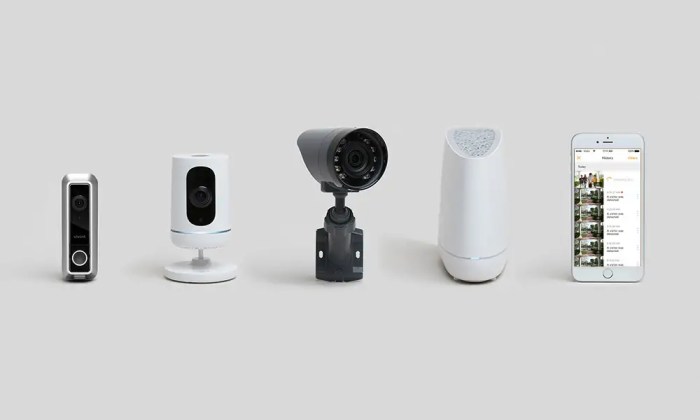
In the realm of home automation and security systems, ensuring the privacy and security of personal data is of utmost importance. As smart devices become more integrated into our daily lives, it is crucial to implement strategies to safeguard personal information from potential threats.
Data Encryption Protocols
Encryption plays a vital role in protecting sensitive data transmitted between smart devices within a home automation setup. Implementing robust encryption protocols, such as AES (Advanced Encryption Standard) or SSL/TLS (Secure Sockets Layer/Transport Layer Security), can help prevent unauthorized access to personal information.
- Enable strong encryption methods: Ensure that all smart devices in your home automation system support encryption protocols to secure data transmissions.
- Regularly update encryption standards: Stay informed about the latest encryption technologies and update your devices to adhere to the most secure protocols available.
- Use unique encryption keys: Create unique encryption keys for each smart device to enhance security and prevent potential data breaches.
Device Authentication and Access Control
In addition to encryption, implementing robust device authentication mechanisms and access control measures can further enhance the security of your home automation system.
Utilize two-factor authentication: Require users to authenticate their identity using multiple factors, such as a password and a one-time verification code sent to their mobile device.
- Secure user accounts: Set up strong passwords for your smart devices and regularly update them to prevent unauthorized access.
- Limit device access: Configure access control settings to restrict the permissions of each user within the home automation system, ensuring that only authorized individuals can control specific devices.
- Monitor device activity: Keep track of device interactions and user logins to detect any suspicious behavior and take immediate action to mitigate potential security threats.
Wrap-Up
In conclusion, the landscape of home automation and security systems is rapidly evolving, offering unprecedented levels of convenience, comfort, and most importantly, safety. As we gear up for 2025, the possibilities seem endless, ushering in a new era of intelligent living that prioritizes security without compromising on style or functionality.
Question & Answer Hub
What are some essential features to look for in a modern home automation system?
Modern home automation systems should ideally include features such as remote access, energy management, and integration with other smart devices for seamless control.
How can I ensure compatibility when integrating various smart devices into my home automation system?
Ensure compatibility by choosing devices that support common communication protocols like Zigbee or Z-Wave, and opt for a central hub that can connect multiple devices together.
What are some strategies to safeguard personal information within a home automation setup?
Strategies include keeping software updated, using strong and unique passwords, enabling two-factor authentication, and being cautious about sharing sensitive information with third-party apps.
What encryption protocols should I look for to secure my smart devices?
Look for devices that support encryption protocols like WPA3 for Wi-Fi networks, TLS for secure communication, and end-to-end encryption for data protection.
